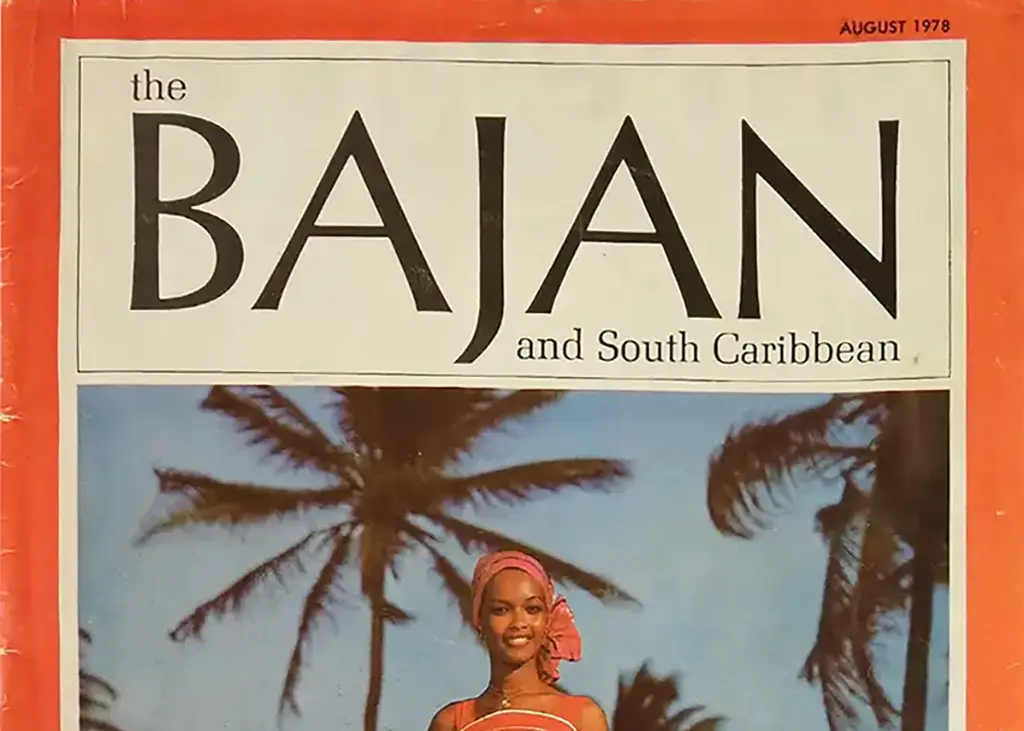
On the last day of my Mom’s recent visit to Barbados, we were walking to nearby Dover Beach when she started recounting her days at Cable and Wireless (C&W, one of two phone companies at the time*) in the 60’s. It’s always a pleasure to see how much she enjoys telling stories from back in the day but this time was different; it was just on the heels of Barbados’ 50th anniversary of independence. Pausing to shield our eyes from the brilliant sunlight, she pointed to a large yellow building up ahead (now a vacation condo site) and recalled the days when long distance calling service was limited and expensive. What!?? Restrictions on calling long distance?
Other than the OMG thought of not having long distance service at my fingertips, it’s actually very cool (not to mention quite exciting) to hear my mother tell of her time at C&W before cell phones, WhatsApp, Skype, etc. She was a part of history and is still here to talk about it!

So, back to long distance calls in those days: first of all, there was no picking up the phone to call overseas for casual conversations like we do today. It was very expensive and there was a limit on the amount of words per message, so mainly businesses dealing with overseas associates used this C&W service. The Barbados Telephone Company provided long distance telephone service, but for businesses and locals the C&W Telegram service was the cheaper option.
In order to make a long distance call, the businessman would type his message on a teleprinter and transmit it via landline to C&W’s Central Telegraph Office (the vacation condo site). A staff member in the telex room, as this part of the building was called, would receive the message and re-type it on his teleprinter. This typewriter-like machine would then generate a tape punched with holes representing the words of the message. The message would be transmitted via underwater cable to the telex room at an overseas station. Telex operators there would receive the message on a teleprinter and transmit it to the local recipient. My mother worked in the telex section at Dover and similarly received and re-transmitted messages to local recipients and other stations. In another section of the building, (mostly) locals worked on their long distance messages, or “cables”, to be processed and re-sent via underwater cable or the HF stations at Carrington and Boarded Hall.
How cool is that? In another section of the Central Telegraph Office, staff members used Morse Code to communicate with with ships in distress and with countries such as Brazil and Suriname that didn’t have cable facilities
As an aside to this story there were always the fond memories of my mother’s mischievous male colleagues, who, on one occasion, wrapped a rubber spider in a cable paper and delivered it to an unsuspecting colleague for “processing”. No need to tell how that ended!!
My thoughts brought me back to present times when we easily pick up the phone and call Timbuktu to ask about the dog. How far we have come that the then “luxury” of long distance calling is now almost obsolete! How far my mother has come, to know that simply receiving and sorting messages all those years ago, she was forming a vital part of this island’s history to be celebrated decades later!
* The two phone companies that operated in Barbados were: Barbados Telephone Company, later called Bartel, responsible for the local wired telephones and Cable & Wireless (WI) Ltd (C&W) responsible for external voice telephone calls , telex and telegraph services.
When you made an overseas telephone call the bill came from Barbados Telephone Company (or Bartel) although C&W provided the HF radio links. To send a cable you went to the C&W office and filled out the cable form. With Telex services the customers, usually Banks and large companies, were connected to the Central Telegraph Office via landlines, provided by Bartel, where there was a manual switch board as shown in Shana’s photographs. Those companies would have had the Creed 64 teleprinters at their office. In 1973 the automatic telex switch was put in at C&W Wildey.
This post is by guest contributor Shana Jones a pilot with SVG Air based out of St. Vincent. “International Communication in Barbados 50 years ago” originally appeared on Shana’s blog Roaming Aviatrix in January 2017 and is re-published here on BajanThings as a supplement to Cable & Wireless in Barbados.






Leave a Reply